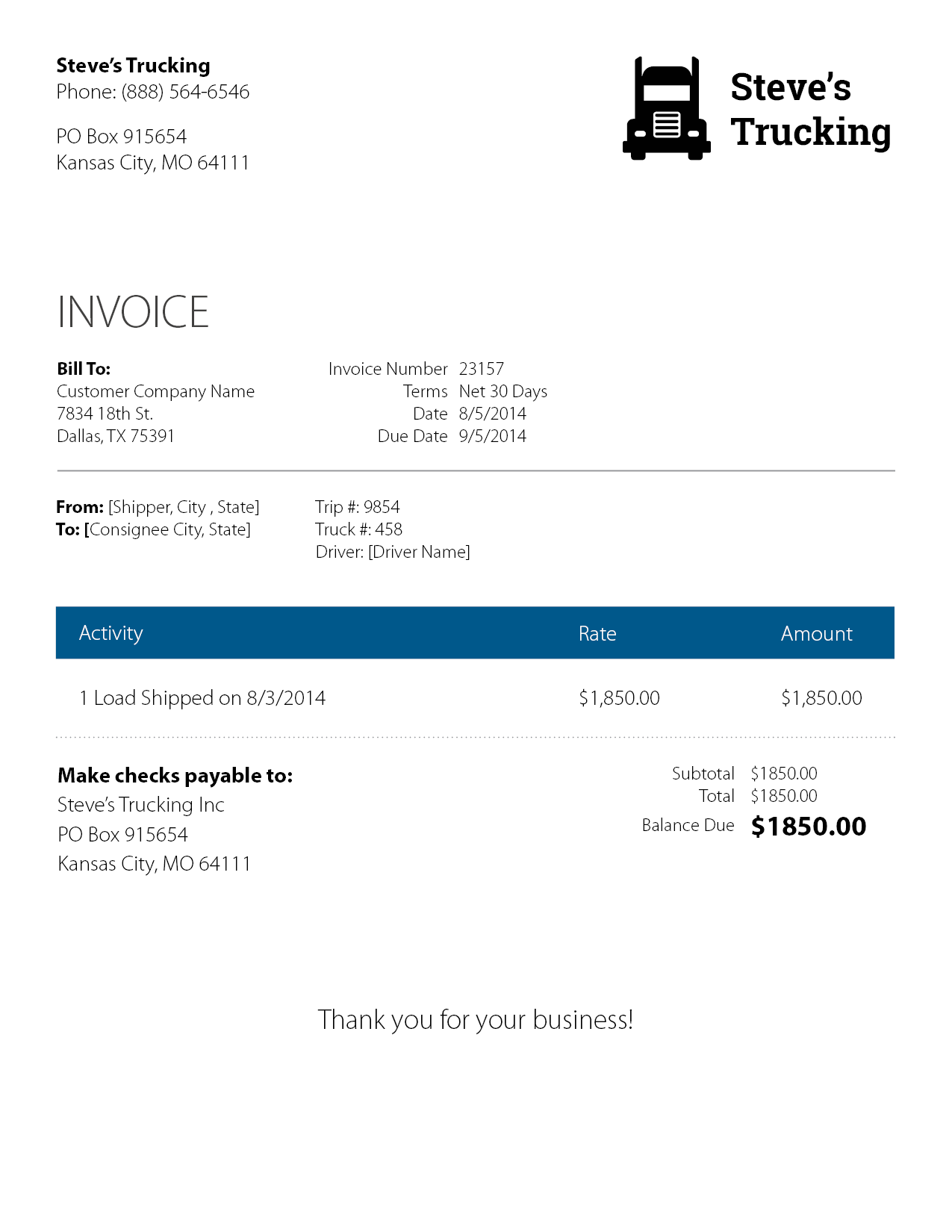When it comes to managing your freight shipments, having an efficient and organized system in place is crucial. One essential tool that can help streamline your processes is a freight invoice. This article will explore the various benefits of using a freight invoice, as well as provide tips for successfully implementing it into your operations.
What is a Freight Invoice?
A freight invoice is a document that serves as a record of the goods being shipped, as well as the associated charges. It typically includes information such as the shipper and consignee details, the description and quantity of the goods, the shipping method, the total weight and dimensions, and the cost of the shipment.
Why Use a Freight Invoice?
There are several reasons why using a freight invoice can be beneficial for your business:
- Organized Record-Keeping: By using a freight invoice, you can keep a detailed record of all your shipments in one place. This makes it easier to track and manage your shipments, as well as provide accurate documentation for accounting and auditing purposes.
- Improved Efficiency: A freight invoice helps streamline your freight management processes by providing a standardized format for recording and tracking shipments. This reduces the chance of errors and ensures that all necessary information is included.
- Enhanced Communication: A freight invoice can serve as a communication tool between you and your shipping partners. It provides a clear breakdown of the charges and fees associated with the shipment, making it easier to resolve any disputes or discrepancies.
- Cost Analysis: With a freight invoice, you can easily analyze the costs associated with your shipments. By tracking the charges and fees over time, you can identify areas where you can potentially reduce expenses and optimize your shipping processes.
- Professional Image: Providing a freight invoice to your customers demonstrates professionalism and attention to detail. It instills confidence in your services and can help build long-term relationships with your clients.
How to Create a Freight Invoice
Creating a freight invoice is relatively simple. Here are the steps you can follow:
1. Choose a Template:
Start by selecting a freight invoice template that suits your needs. You can find a variety of templates online, or you can create your own using software such as Microsoft Excel or Word.
2. Include Essential Information:
Make sure to include all the necessary information on your freight invoice, such as the shipper and consignee details, the description and quantity of the goods, the shipping method, and the charges and fees.
3. Customize for Your Business:
Customize the freight invoice template to match your company’s branding and style. Add your logo, company name, and contact information to create a professional and cohesive look.
4. Test and Review:
Before using the freight invoice template for your shipments, make sure to test it and review it for any errors or omissions. This will help ensure that your invoices are accurate and professional.
Example of a Freight Invoice

Image Source: smushcdn.com

Image Source: rtsinc.com

Image Source: website-files.com

Image Source: website-files.com

Image Source: website-files.com

Image Source: billdu.com

Image Source: website-files.com
Tips for Successful Implementation
Here are some tips to help you successfully implement a freight invoice system:
- Train Your Staff: Provide training to your staff on how to use the freight invoice system effectively. This will ensure that everyone is on the same page and using the system correctly.
- Regularly Review and Update: Regularly review and update your freight invoice templates to ensure that they are accurate and up to date. This will help avoid any confusion or errors in your invoices.
- Automate When Possible: Consider automating certain aspects of your freight invoice system, such as data entry or calculations. This will help save time and reduce the chance of human error.
- Integrate with Other Systems: Integrate your freight invoice system with other systems, such as your accounting software or inventory management system. This will help streamline your processes and improve overall efficiency.
- Solicit Feedback: Regularly solicit feedback from your staff and customers on the effectiveness of your freight invoice system. This will help identify any areas for improvement and ensure that the system is meeting everyone’s needs.
Conclusion
A freight invoice is a valuable tool for managing your freight shipments. It helps keep your records organized, improves efficiency, enhances communication, enables cost analysis, and presents a professional image to your customers. By following the tips provided in this article, you can successfully implement a freight invoice system and reap the benefits it offers